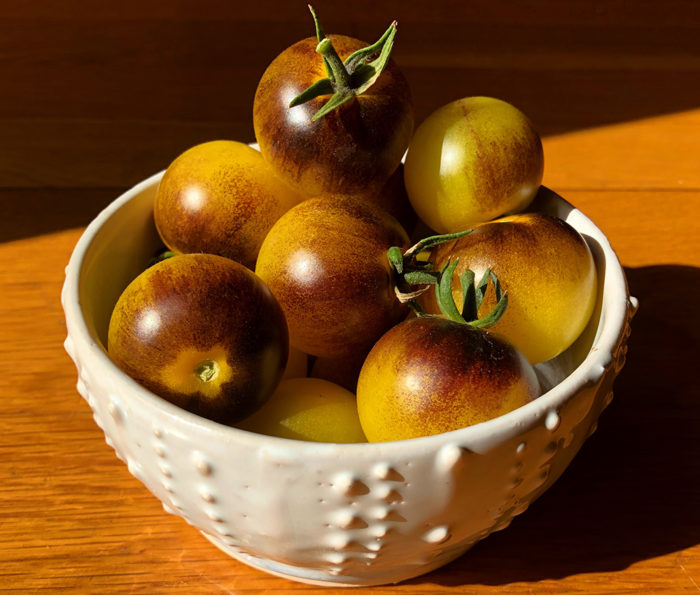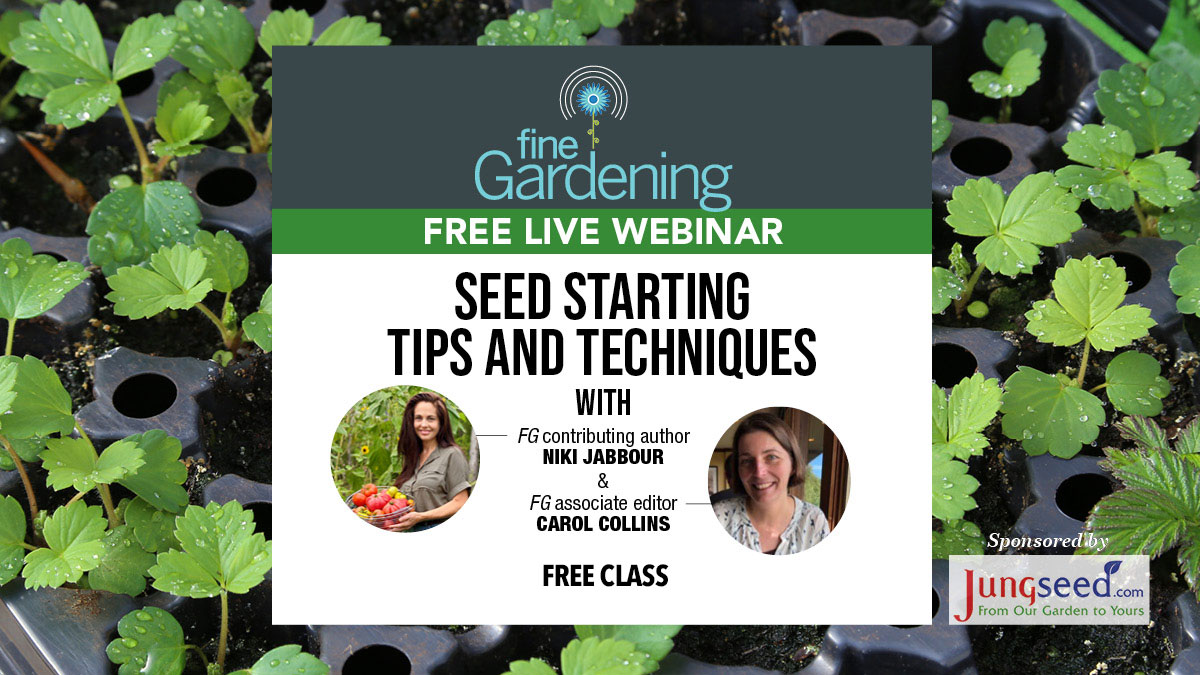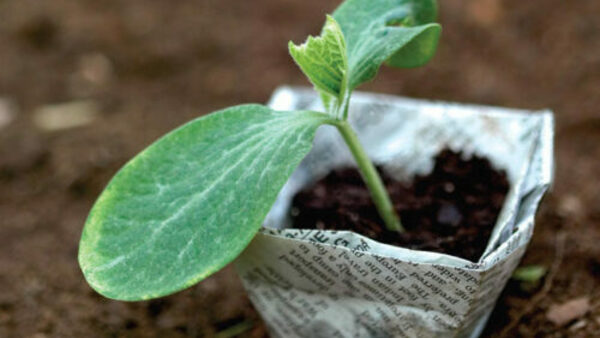
It’s April, and as the soil starts to warm up after winter, it’s time to get your vegetable seeds planted. The tricky question is when to plant. The Los Angeles region alone has over eight different Sunset zones, not including the San Diego and Santa Barbara areas. Since most seed packets are written for colder climates, it is extremely difficult to figure out the best time to plant in our region. Here are some tips and tricks to use to determine when to plant your seeds.
1. Many of what are considered spring veggies are actually winter veggies in Southern California.
April is a good time to look at starting summer crops from seed instead, like summer squash, sunflowers, basil, peppers, tomatoes, and beans. Vegetables such as lettuce and peas are better sown in fall for winter harvest.

2. Ignore the seed packet.
The timing on the seed packet is wrong, unless the seed company has a description for warm climates. (Renee’s Garden Seeds is one exception that actually provides seed starting dates for warm climates.) Also, consider buying seeds locally. If you buy seeds online, try seed vendors that are in California, because they generally grow varieties better suited to our climate, and they should have them for sale at the right time of year. If you buy seeds in person, try a small local nursery rather than a grocery store or hardware store, because the folks there are more likely to be able to tell you what seeds should be planted in your specific area of California, and at what time.
3. To decide when to plant, take a look at the thermometer and weather predictions.
Seeds won’t germinate well below 60°F, and their optimal germination temperature is around 80°F. However, in our dry climate, I recommend starting earlier, closer to the 60°F to 70°F mark, because the air gets very dry as it warms up, and the lack of moisture will make it hard to start seeds unless you water every day. In the interior zones, where the weather is colder at night and dryer overall, it is sometimes easier to get a head start by starting seeds indoors in a sunny window or under grow lights.
4. Don’t plant all your seeds at once.
Try staggered plantings, every two weeks or so. This gives you a better chance of success, as well as the possibility to have a longer harvest season regardless of weather, especially with things such as root vegetables, where you harvest the whole plant and therefore do not get additional yields.
Rachel Young is the former Director of Horticulture and Garden Operations at Descanso Gardens in La Cañada, California.


















Comments
Log in or create an account to post a comment.
Sign up Log in